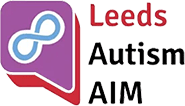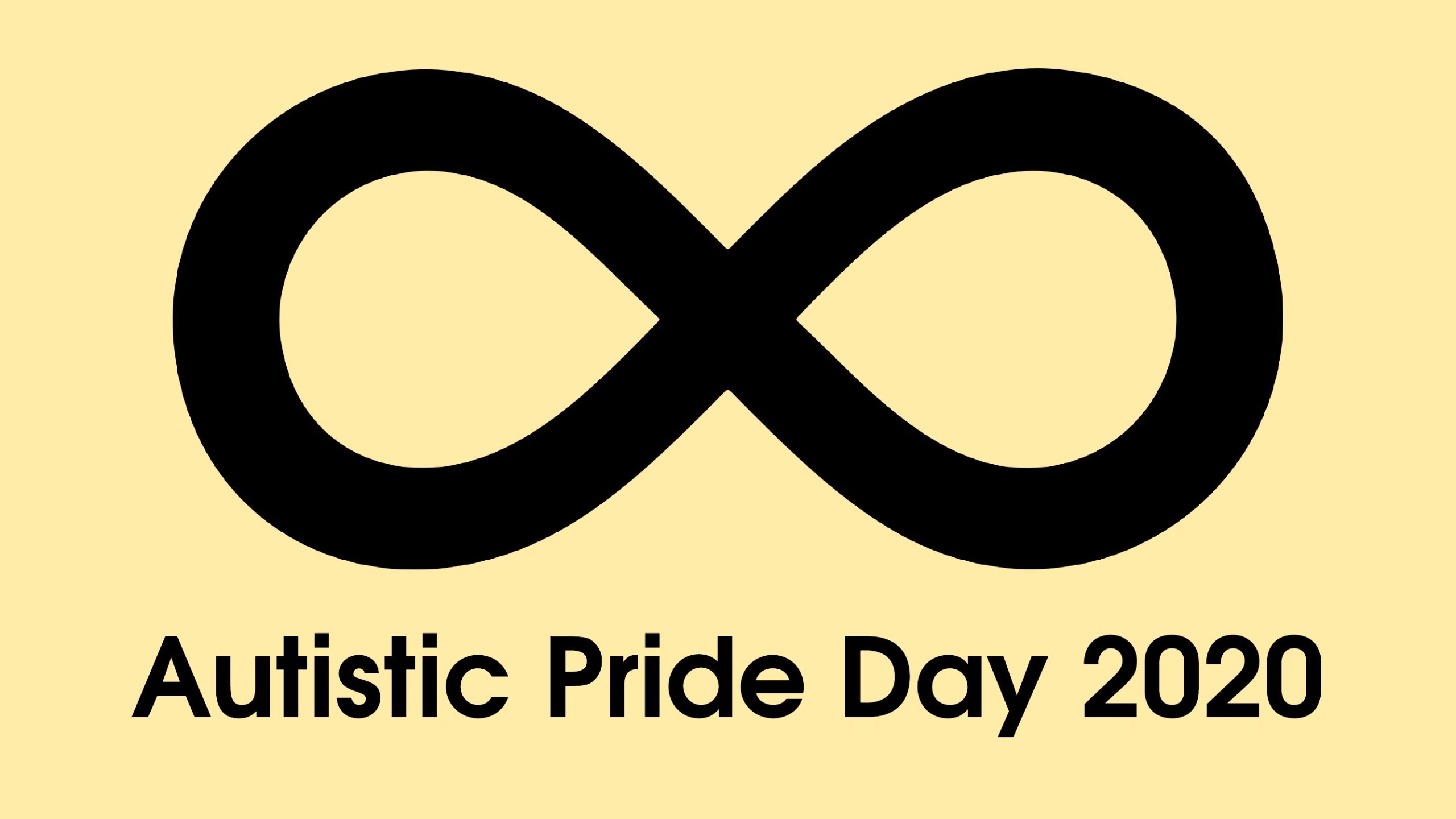When it comes to referring to autism and autistic people, there are usually two ways of going about it. The first is person-first language. This is where someone would say “They have autism” or “people with autism”.
The second is identity-first language. Instead, of saying someone has autism, they say that someone is autistic. A couple of common examples are “Luke is autistic” and “autistic people”. If you read our news items, monthly email updates or social media posts, you may have noticed that we use a lot of the second, but why?
Identity-first language is something that many within the autistic community use quite frequently. They see it as a logical choice; autism is something that’s part of you, rather than something you carry around like a briefcase or a tote bag.
The Autistic Self-Advocacy Network (ASAN), a US-based autistic rights organisation with thousands of members, explain how it is used here in a blog post by Lydia Brown (aka autistichoya): https://autisticadvocacy.org/about-asan/identity-first-language/.
A key difference
On many autistic-led forums and in many autistic-led groups, you will see identity-first language throughout all of their work. Since AIM was first set up in 2015, we have done the same. In taking our cue from other autistic people, we feel that identity-first language is the way to go.
In using the phrase “autistic people”, we are simply implying that we are people who happen to be autistic. If we used person-first language – “people with autism”, it distances the person from the autism. Some autistic people feel that doing this stigmatises them, as if the person should be distanced from their autism.
We understand that not everyone prefers identity-first language (Kenny, 2015). This includes some autistic people. By listening and looking at what some autistic-led organisations and groups did, we felt that identity-first was the way to go. Lorcan Kenny’s research for the National Autistic Society found that many autistic people who responded to a survey preferred identity-first language.
Whilst we go with the majority preference, we will adapt the language we use for individual preferences. For example, when we are producing our autism alert cards for anyone who needs them, we are happy to say that they are a person with autism if that is what they would prefer.
To learn more about identity-first language, please visit the Identity-First Autistic website.










